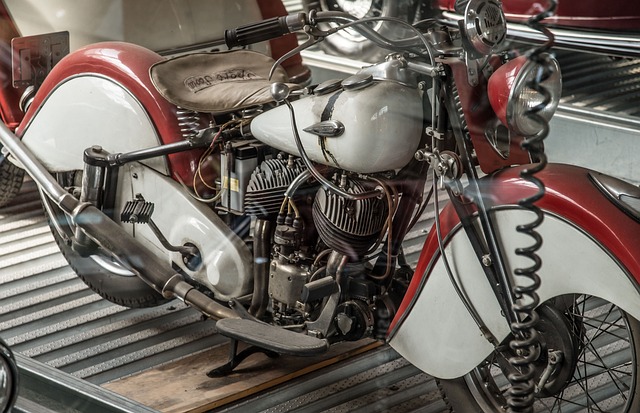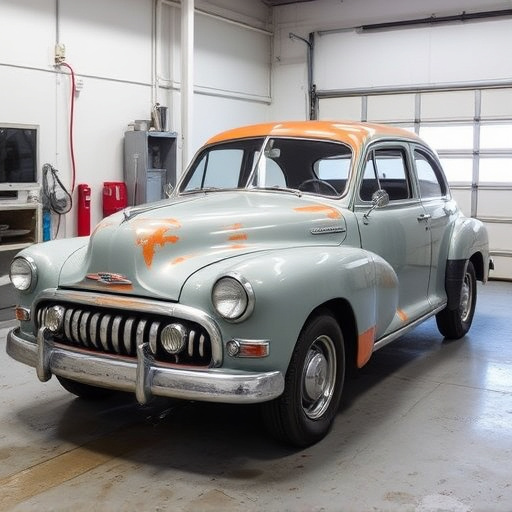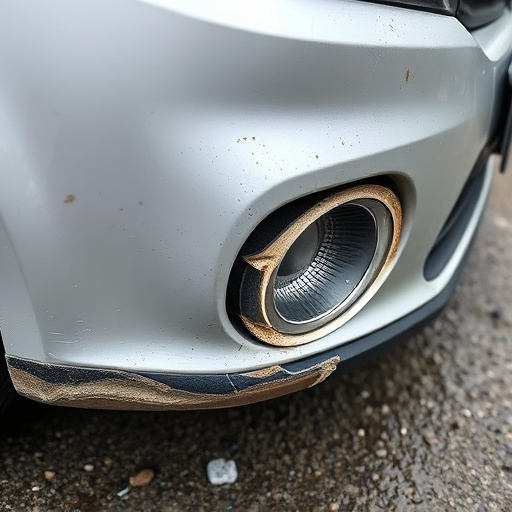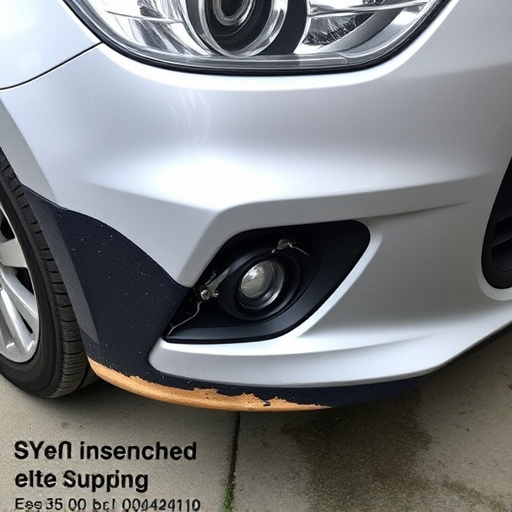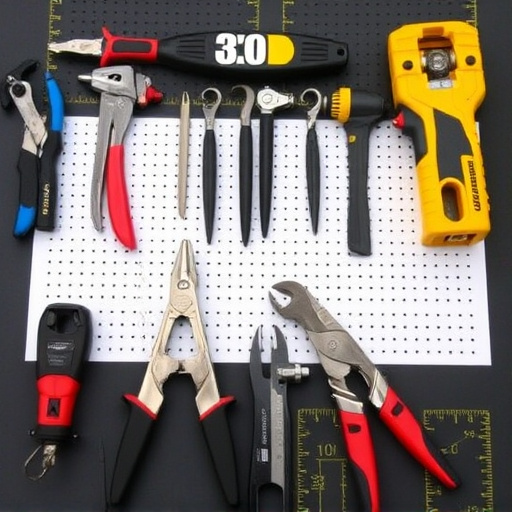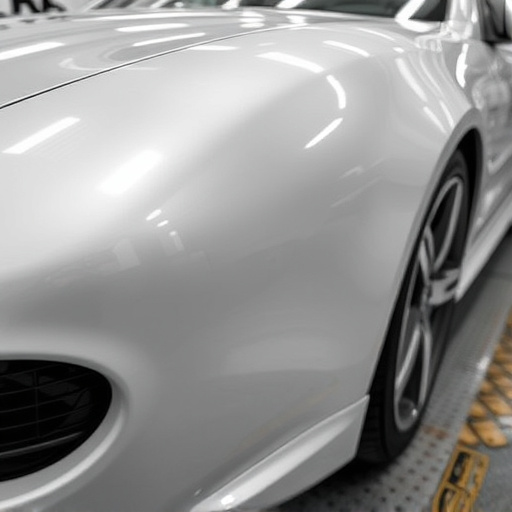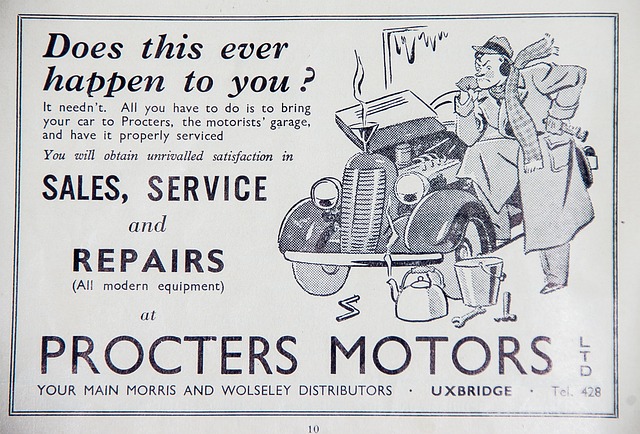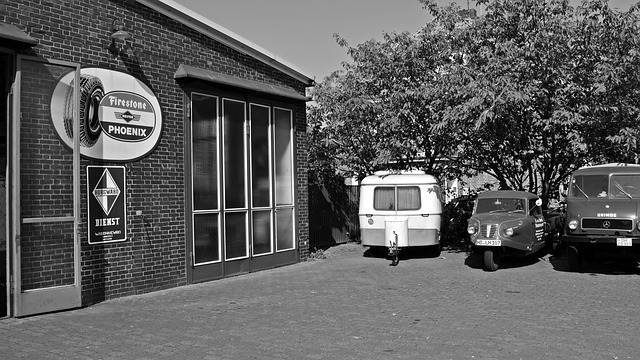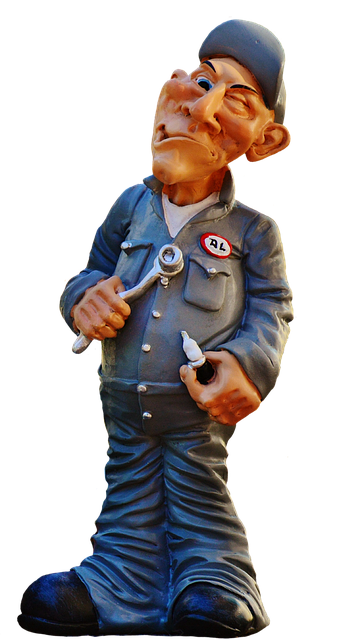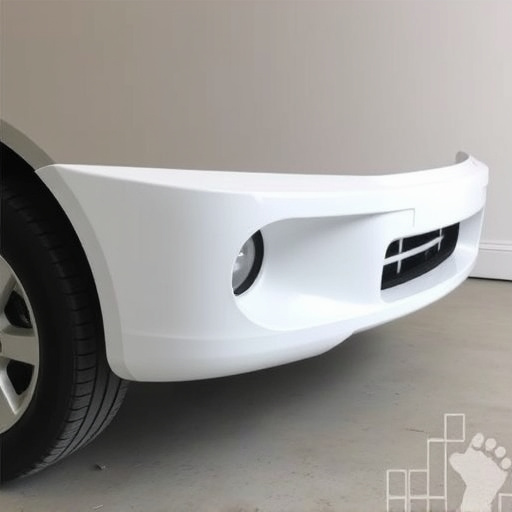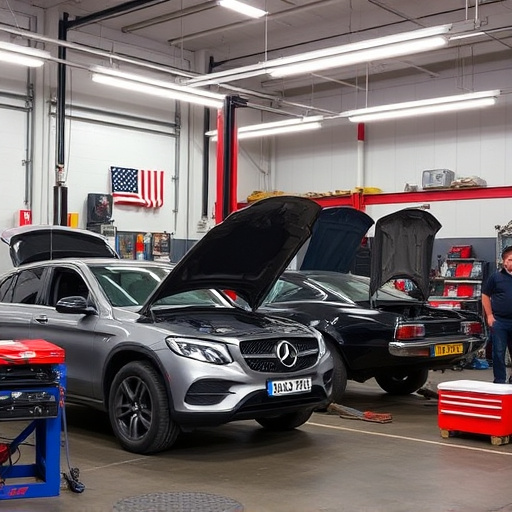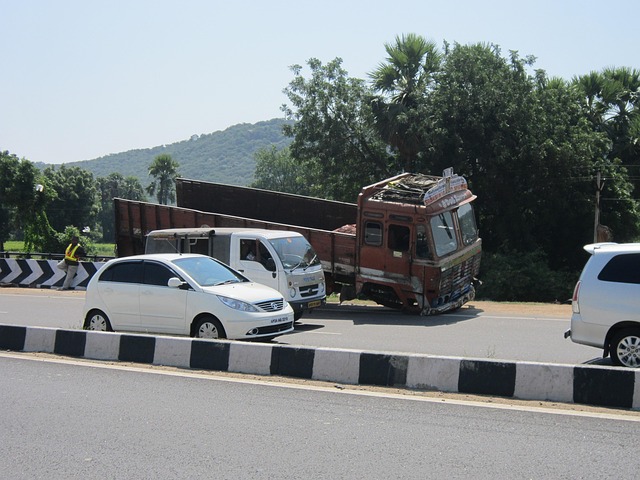Aftermarket auto glass installations demand specialized skills and precise preparation due to material, manufacturing, and design differences compared to original equipment (OE) glass. These complexities include alignment issues, compromised weatherproofing, and structural integrity problems. Meticulous measuring, trimming, sealing, and heating are crucial for achieving a seamless fit. Professional inspections, proper sealing, and alignment prevent water intrusion, air leaks, and structural weaknesses. Expert craftsmanship, high-quality materials, and meticulous detail enhance vehicle functionality and value, emphasizing the importance of professional integration for aftermarket auto glass installations.
Aftermarket auto glass installations have gained popularity, offering personalized styles and enhanced features. However, these processes often require extra steps beyond standard replacements due to varying frame designs, advanced technologies, or custom orders. Understanding these unique challenges is vital for ensuring a safe and secure fit. This article explores why these additional measures are crucial and provides best practices to achieve seamless integration, maintaining both performance and safety in modified vehicles.
- Understanding Aftermarket Auto Glass: Unique Challenges
- Why Extra Steps are Crucial for Installation
- Best Practices for Seamless Integration and Safety
Understanding Aftermarket Auto Glass: Unique Challenges
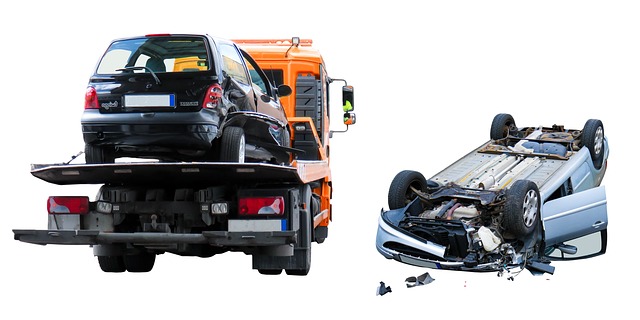
Aftermarket auto glass installations have unique challenges compared to original equipment (OE) glass. These challenges often require extra steps and specialized skills to ensure proper fit, safety, and durability. Aftermarket glass may not perfectly mimic the specifications of OE glass, leading to potential issues with alignment, weatherproofing, and structural integrity.
When installing aftermarket glass, collision centers or auto repair services must account for differences in materials, manufacturing processes, and design variations. For example, aftermarket glass might have thinner margins, impacting its ability to seal effectively against elements like water and air. Additionally, unique shapes and sizes require precise cutting and fitting techniques, further complicating the installation process. These factors underscore the importance of experienced technicians and specialized tools for successful aftermarket auto glass installations.
Why Extra Steps are Crucial for Installation
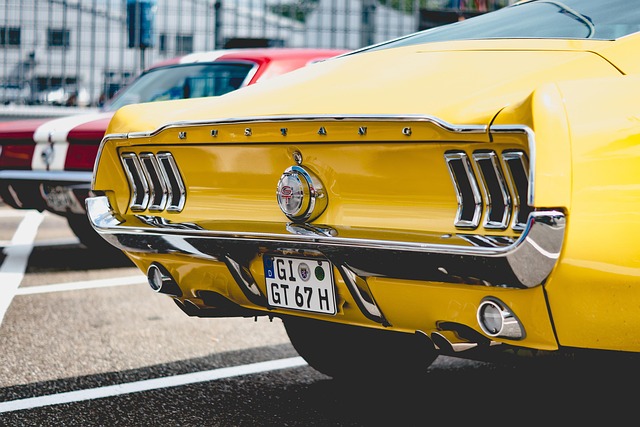
When it comes to aftermarket auto glass installations, going the extra mile is not just recommended—it’s crucial. These additional steps are vital to ensure that the new glass seamlessly integrates with your vehicle, providing both structural integrity and aesthetic harmony. Aftermarket glass, often tailored to specific models, may differ in dimensions, curvature, and even tint from the original equipment. Skipping these preparatory measures could result in misalignments, air pockets, or subpar fitment, compromising both visibility and safety.
Each extra step, from meticulous measuring and trimming to sealing and heating, plays a critical role in achieving a perfect finish. Consider it as part of an intricate process that bridges the gap between the old and new, ensuring your vehicle’s dent repair or car body restoration efforts are not negated by subpar glass installation. This attention to detail not only enhances the overall look but also reinforces the structural integrity of your vehicle, making these extra steps indispensable in the aftermarket auto glass installation process.
Best Practices for Seamless Integration and Safety
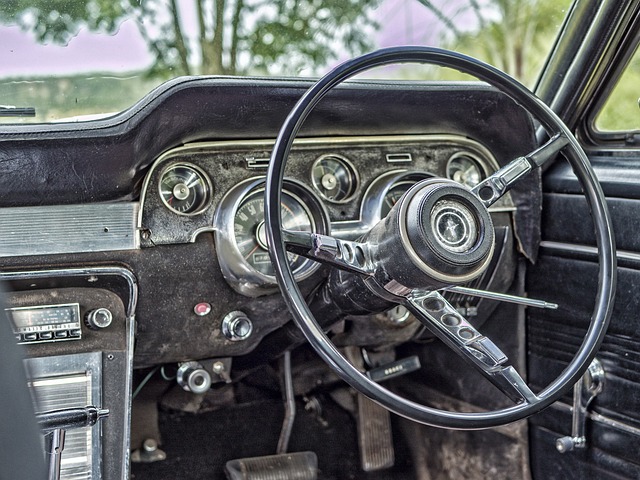
When integrating aftermarket auto glass into a vehicle, best practices for seamless integration and safety are paramount. It’s crucial to start with precise measurements and ensure compatibility with your vehicle’s existing frame and structure. This involves thorough inspections by seasoned professionals who understand the intricacies of both stock and aftermarket glass installations. Proper sealing and alignment are key to preventing water intrusion, air leaks, and potential structural weaknesses.
Additionally, considering the fender repair or auto body work required for seamless integration is essential. Auto body shops specializing in these services can ensure that the new glass seamlessly blends with existing auto body components, maintaining both aesthetic appeal and structural integrity. By combining expert craftsmanship, high-quality materials, and meticulous attention to detail, an auto body shop can deliver a safe, secure, and visually pleasing aftermarket auto glass installation, enhancing both the vehicle’s functionality and its overall value.
Aftermarket auto glass installations, while offering customization and repair solutions, present unique challenges that demand extra care. Understanding these complexities is key to ensuring a seamless fit and optimal safety. By adopting best practices, including precise measurement, quality control, and adherence to industry standards, professionals can successfully navigate these additional steps, delivering top-notch results for vehicle owners seeking tailored glass solutions.
